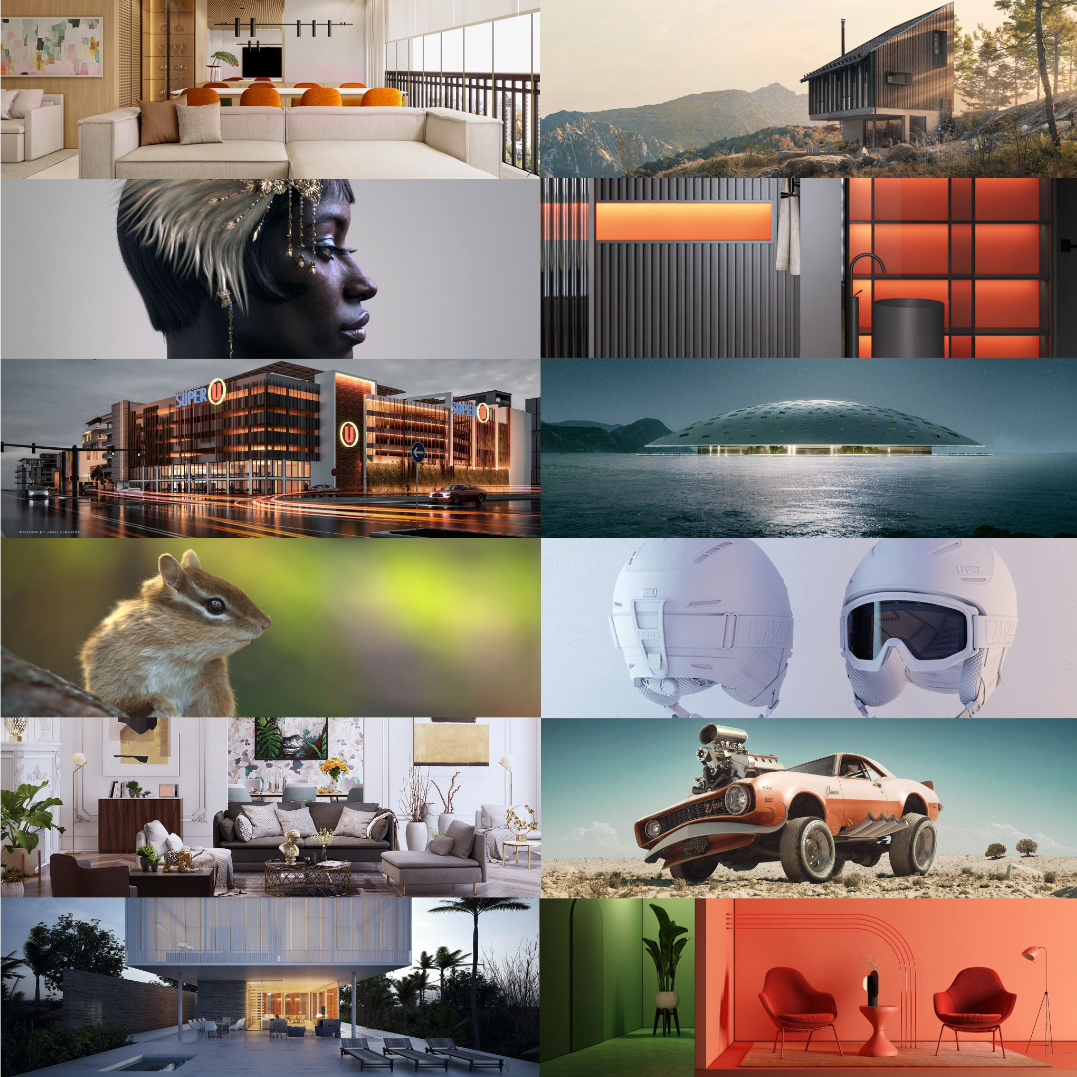How can designers effectively communicate with those outside of the profession?
Whether it be the client, the end-user or an investing partner, the participation of divergent voices is essential to the design decision-making process. It ultimately leads to more informed, creative and responsible designs. However, a tale as old as time, communicating design ideas to those outside of the profession is always a challenge.
Thankfully, Roderick Bates, Head of Integrated Practice at Enscape, has useful tips for all designers and industry professionals. During Architizer’s recent live talk, Roderick discusses how designers can leverage virtual reality to better communicate with audiences outside the industry. Through case studies, practice and an overall engaging spirit, Roderick had the global audience of attendees convinced and eager to put these tools to the test.
Another Architizer live event for the books, a recording of Roderick’s presentation is available on-demand! Click the button below to watch the free recording.
 Roderick left the audience with a simple, yet crucial equation to keep in mind: comprehension + excitement = engagement.
Roderick left the audience with a simple, yet crucial equation to keep in mind: comprehension + excitement = engagement.
When stakeholders have a proper grip of a design, when the ins and out are made clear, there is increased excitement and subsequently, better communication all around. Leveraging tools like virtual reality is one of the most effective ways in increasing comprehension. Real-time visualization software, like Enscape 3.5, was made for designers, but more importantly, is easily comprehensible to non-industry professionals. Unlike CAD and BIM software, virtual reality is accessible to non-industry folks, improving their perception of space and overall understanding of a design. An effective communication tool that allows stakeholders to truly immerse themselves within a design.
Interestingly, Roderick explains that research has shown that the gap between the real world and virtual world is smaller than we might think. Shockingly, our brains are stimulated similarly in the virtual world as they are navigating a space physically. This is especially useful in the context of design; virtual reality allows users to be present, explore as they please and immersive themselves as they would in the real world. By offering these immersive spaces to clients, more informed opinions and feedback is developed, and this is especially helpful to a designer’s work.
To leverage the fullest potential of virtual reality, Roderick shares three key tips:
- Include assets
- Create 3D data experiences
- Explore gamification
 Including assets to a VR space can help elicit an emotional response from the user. This is especially helpful during the design decision-making process, and Roderick explains the best way to achieve this is by creating biophilic and personalized environments. Through bespoke objects, plants and careful material selection, designers can personalize a VR environment for the specific stakeholder. By aligning the visual content to the specific target audience, the individual will feel more invested to the personalized design.
Including assets to a VR space can help elicit an emotional response from the user. This is especially helpful during the design decision-making process, and Roderick explains the best way to achieve this is by creating biophilic and personalized environments. Through bespoke objects, plants and careful material selection, designers can personalize a VR environment for the specific stakeholder. By aligning the visual content to the specific target audience, the individual will feel more invested to the personalized design.
Or take the dry data designers must often present to clients. What if they presented that very information within an immersive view? Imagine how much more engaging and clear the experience would be when reviewing datasets. How much more willing the stakeholder will be to provide feedback. And lastly, the power of gamification. Roderick reminds us of the power of play. He encourages designers to reverse the roles – let the stakeholder play the role of designer. Integrating game elements is an incredibly powerful way to generate excitement feedback regarding a design – a tool that should not be overlooked.
Visualization is the key to communication, and the tools to do so are at the fingertips of all designers. And software like Enscape 3.5 offers a simple and straightforward workflow, producing trustworthy visualizations with great reflectivity and reduced post-processing times. VR tools like Enscape doesn’t replace the visualization process but simply improves it. Minimal effort with maximum reward, start your 14-day free trial of Enscape today.
Looking for live captions? Click the 3 dots in the top right corner of your Chrome browser, then navigate to Settings > Advanced > Accessibility > Switch Live Captions to “On”.









